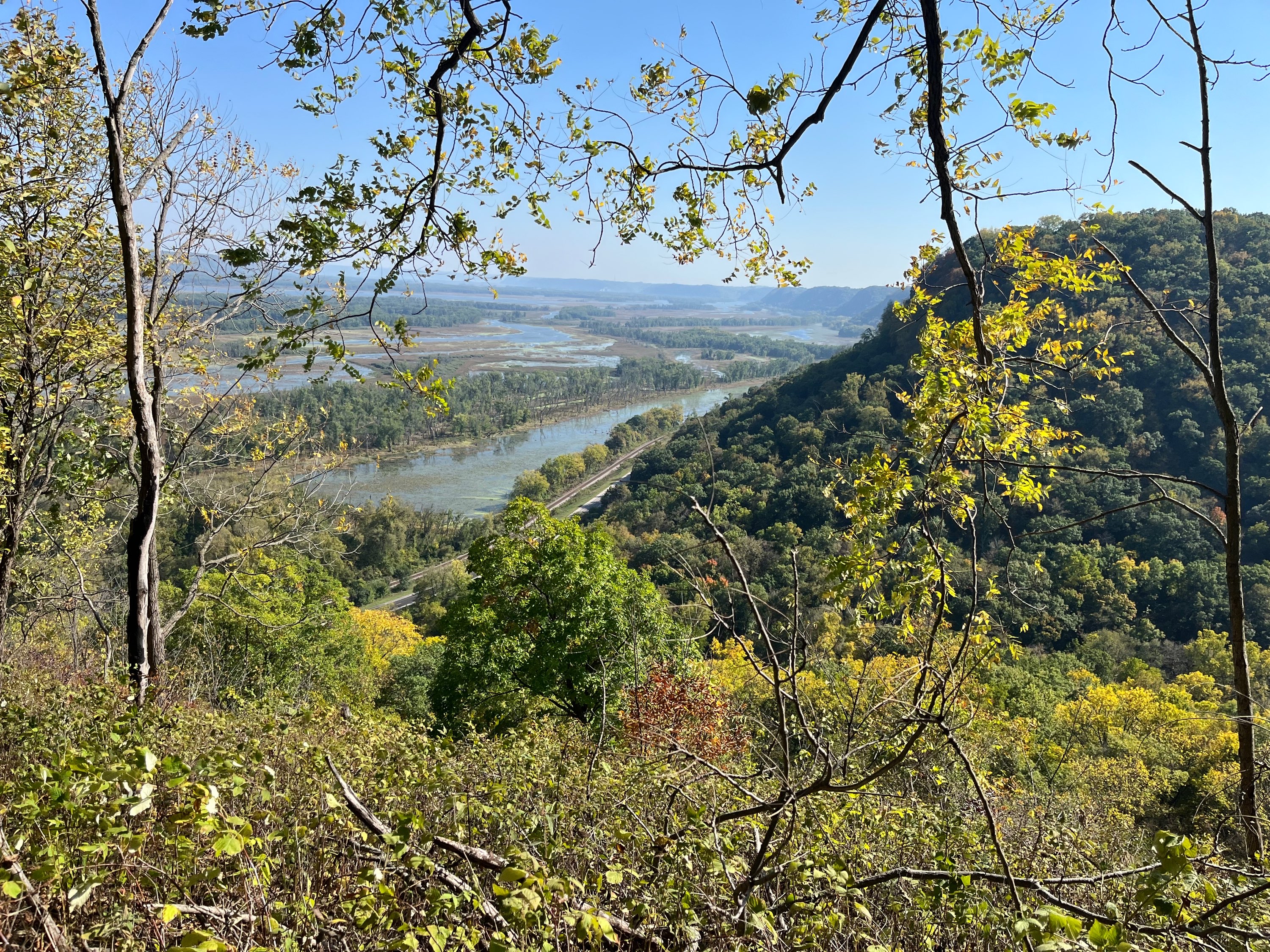Harvest Time
- iowisota

- Sep 26
- 3 min read
This season always brings mixed emotions for me: the excitement of harvesting wild and cultivated foods, the weariness of food preparation and preservation, and the regret that this season of green and abundance will soon be coming to an end. Such a bag of mixed blessings!

Each year I try to make my favorite “crabby apple” jelly. If I can get my hands on a few gallons of the large old-fashioned Dolgo crabapples or another large crabapple (I have my sources!), and if I have managed to grow some Habanero peppers, all I need to add is sugar and labor, and I end up with a tasty crabapple-habanero jelly with the just the right amount of bite. Crabapples naturally have a lot of pectin in them, so you don’t need to add any pectin to get a nice jelly that sets well. So tasty with Brie cheese and crackers! I was gifted with the opportunity to pick abundant red raspberries, so my pantry also has tasty red raspberry jelly this year. It’s nice to have the flavors of summer tucked away to satisfy my sweet tooth and prevent scurvy!

Another favorite plant that I harvest this time of year is lotus. American lotus grows throughout the backwaters of the Mississippi River as well as in other rivers, lakes and ponds of our region. Few people realize that this was an common indigenous food source; however, one should be aware of harvesting restrictions in some public waters. When I have opportunity to collect lotus, I really enjoy both the green nuts and the tubers. A few weeks ago, Nathan and I took a trip down to far southeast Iowa to collect green lotus seed heads in an area without any restrictions, in a Lee County park. The capacity of this plant to provide abundant food is profound. The tubers of the plant, which need to be dug out of the muck, also provide a beautiful, delicious and nutritious food source.

The fall mushrooms are out in abundance now. I have just a few types that I trust myself to pick, prepare and safely share. One of these is the (invasive, non-native) golden oyster; we are reaching the end of the season for them, but they have been locally abundant this year. Although I have chagrin that they are displacing native fungi, I still enjoy harvesting and preparing them. I preserve them by either dehydrating or pickling them.

It is also nut season. I don’t hang out under black walnut trees when there is a breeze, because the trees will throw things at me! But soon I’ll be stomping off the husks and collecting buckets full of black walnuts to crack by the fireside this winter. The oak trees are also dropping their acorns. I’m always desperate to get my hands on some good white or bur oak acorns that I can process into acorn flour. It is a bit of a process to get the tannins out, but acorns can be processed into a delicious and nutritious flour. I use it to make acorn crackers. It is fulfilling to know that we can gather and prepare things THAT TASTY from wild!
We’ve been busy hosting a string of visitors, harvesting food, and recovering from a nasty bug we picked up on our trip to Alaska. So I’ve been a bit remiss on adding events to the calendar. But I’m throwing a couple of short workshops/hikes onto the calendar for October 18th. In the morning you can learn how to process acorns and make acorn crackers, and/or in the afternoon you can come for a “saunter” in the woods to learn tree identification. You can make a weekend of it and add in an overnight stay. You can also do what others have done and contact me directly to schedule private/individual visits, stays, or retreats. We have an amazing resource to share. Some would even say that the string of visitors that we have opportunity to share with is a form of harvest!



Fabulous to read and see photos of your harvested food products. I remember your peach pies!